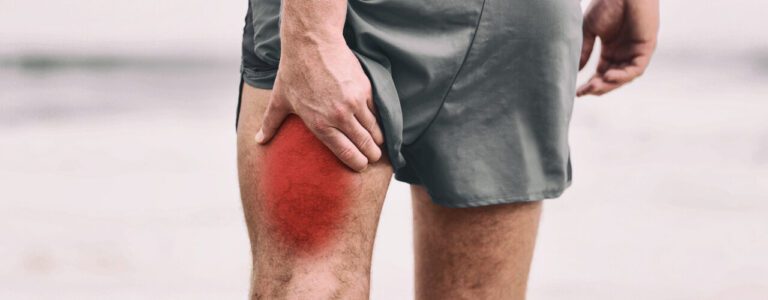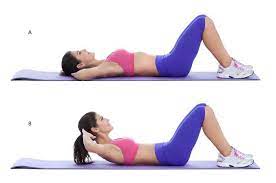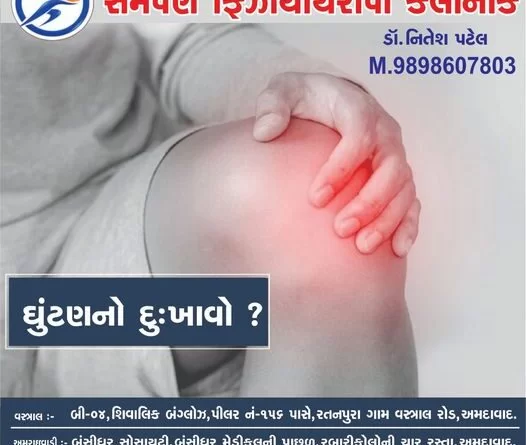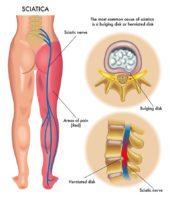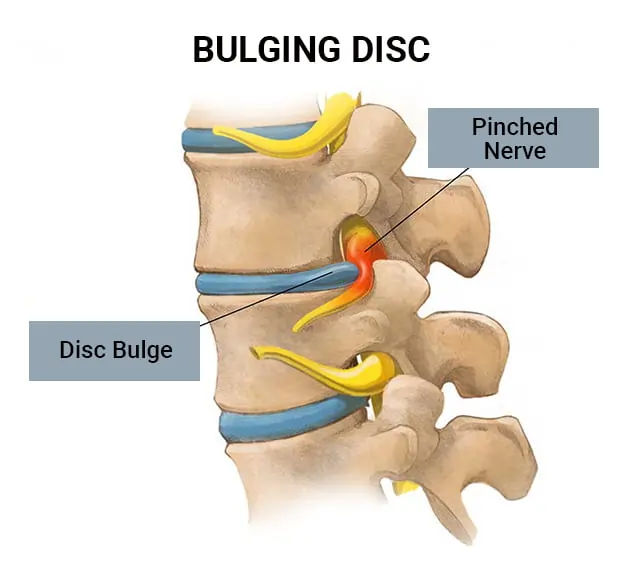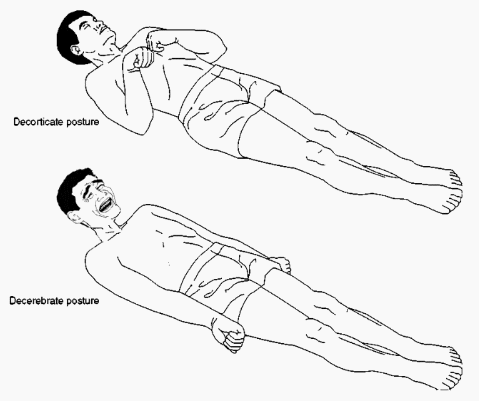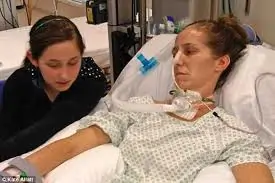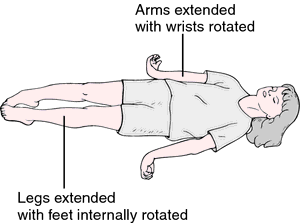Hamstring Pain: Cause, Symptoms, Treatment, Exercise
Hamstring pain is most common symptoms of overuse pain and spasm of Hamstring muscles which are located at the back side of the thigh. If you feel Aches & pains on the back of the legs are a sign of a hamstring pain or injury. The Hamstring muscle is a group of muscles which is…

